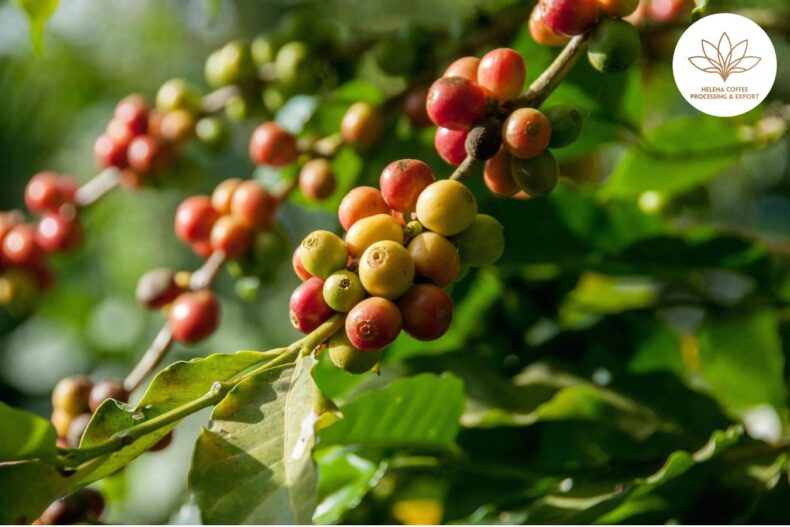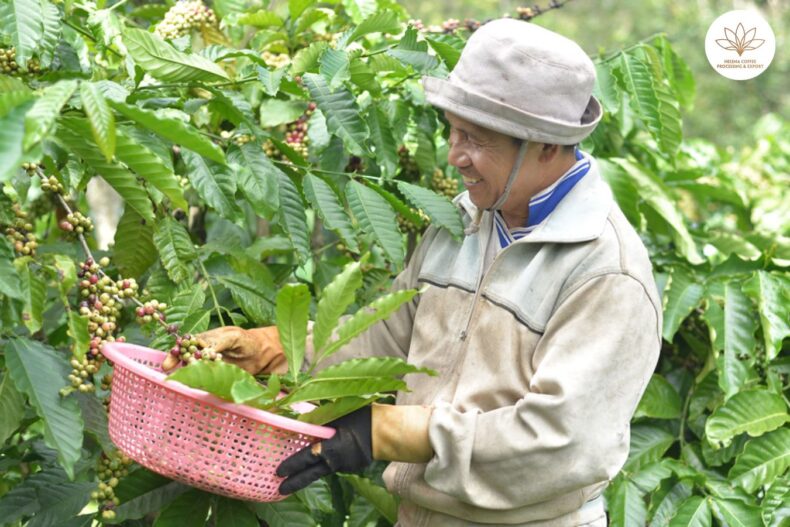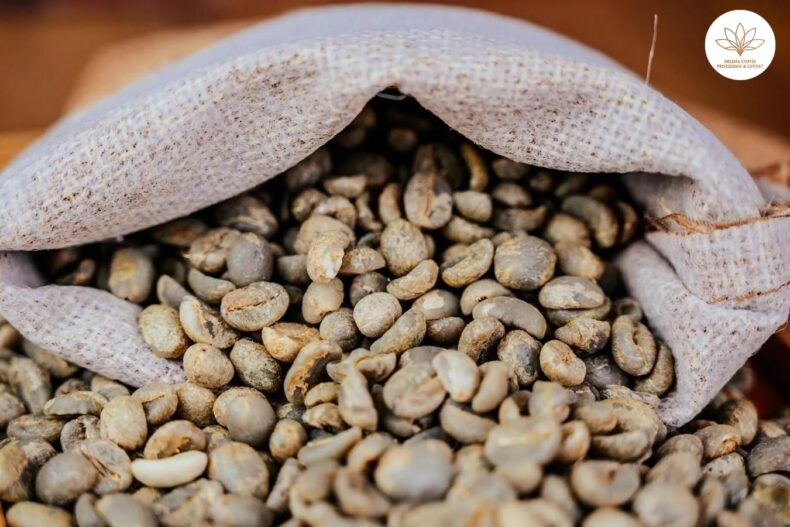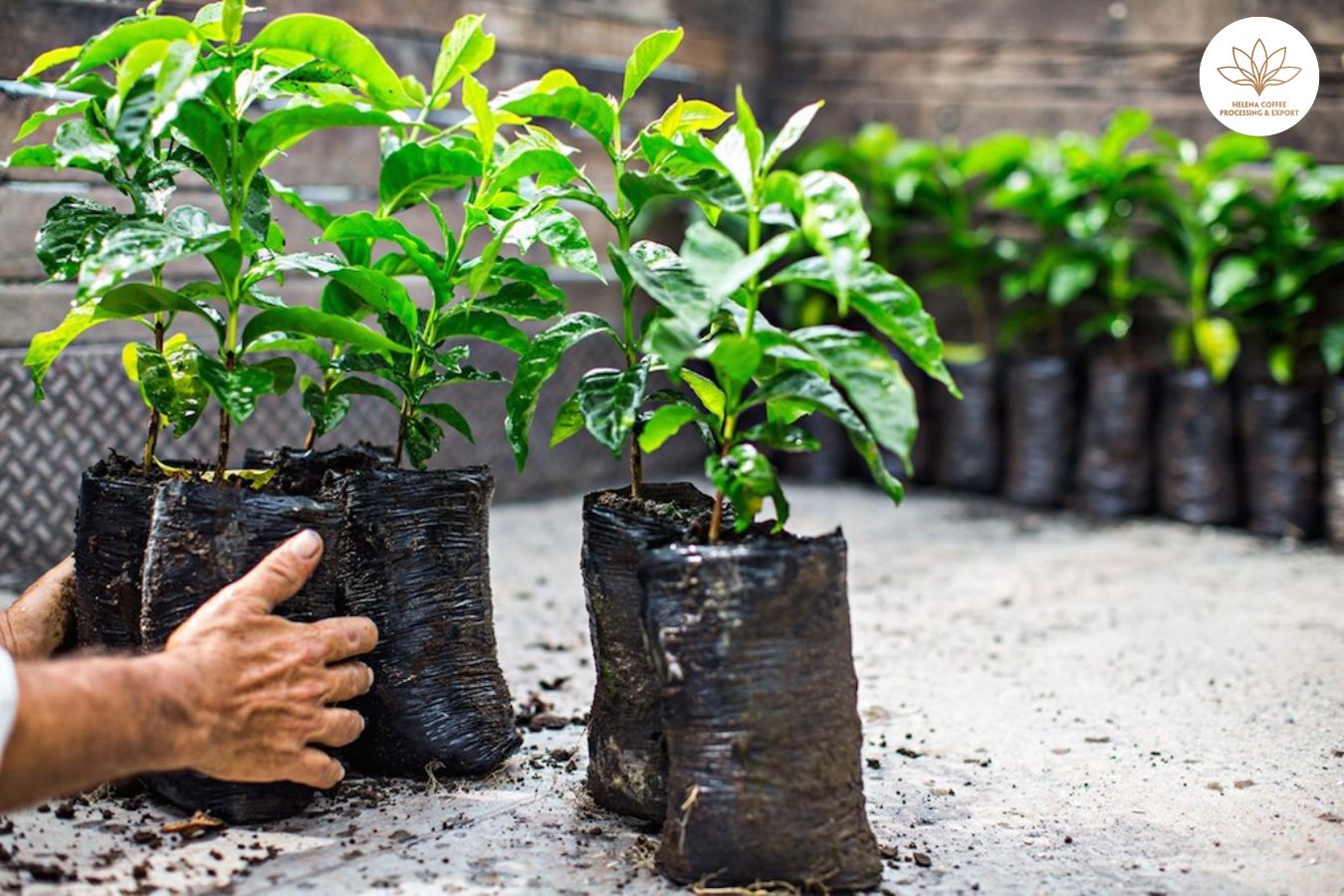
Helps coffee plants grow healthily during the rainy season: The agricultural landscape, particularly coffee cultivation, faces significant challenges and opportunities this year due to fluctuating weather patterns. Scientists highlight that the current weather conditions are not as favorable for crop growth as seen in previous years, especially in coffee-centric regions like DakLak Province. This article delves into the implications of these weather changes on coffee farming, the strategic responses by farmers to mitigate adverse effects, and the resultant impact on coffee prices and farming practices.
Weather Woes for Coffee Crops
Daklak Province, a key area for coffee cultivation, experiences a stark contrast in weather conditions compared to last year’s beneficial widespread rain. The forecast predicts only scattered showers interspersed with prolonged heatwaves at the onset of June 2023, posing challenges for farmers in watering and nutrient supplementation. Such conditions underscore the critical role of timely and efficient irrigation and fertilization strategies to support coffee plant growth and fruit development.
The Critical Growth Stages of Coffee Plants
Coffee plants require ample water for strong growth, particularly during the early fruiting stage in June and rapid growth phases between July and August. Favorable weather during these periods is crucial for achieving high-quality coffee cherries. However, the threat of mini-droughts, exacerbated by potential El Niño effects and a 25% forecasted reduction in Central Highlands’ river flows, underscores the need for farmers to adopt resilient farming practices.
Adapting to Weather Challenges: The Role of Irrigation Systems
Experienced farmers are turning to advanced irrigation systems to combat the risks of mini-droughts. These systems are essential for maintaining moisture levels and ensuring nutrient uptake, pivotal for stabilizing coffee bean quality despite the erratic weather patterns.
Impact on Coffee Prices and Farming Investments
The increased coffee prices, reaching over 60,000 VND/kg, inject a wave of optimism among farmers, encouraging further investment in coffee gardens. This price hike prompts a reevaluation of fertilization practices, with an emphasis on tailoring fertilizer formulas to the garden’s specific needs, whether it be rejuvenating older, less productive plants or optimizing the yield of newer varieties.
Expert Insights on Fertilization Strategies
Dr. Ton Nu Tuan Nam emphasizes the importance of selecting appropriate fertilizer formulas based on garden productivity and soil fertility. The choice between single mixed fertilizers and combined NPK fertilizers should align with the garden’s nutritional needs, considering factors like soil acidity and sulfur content.
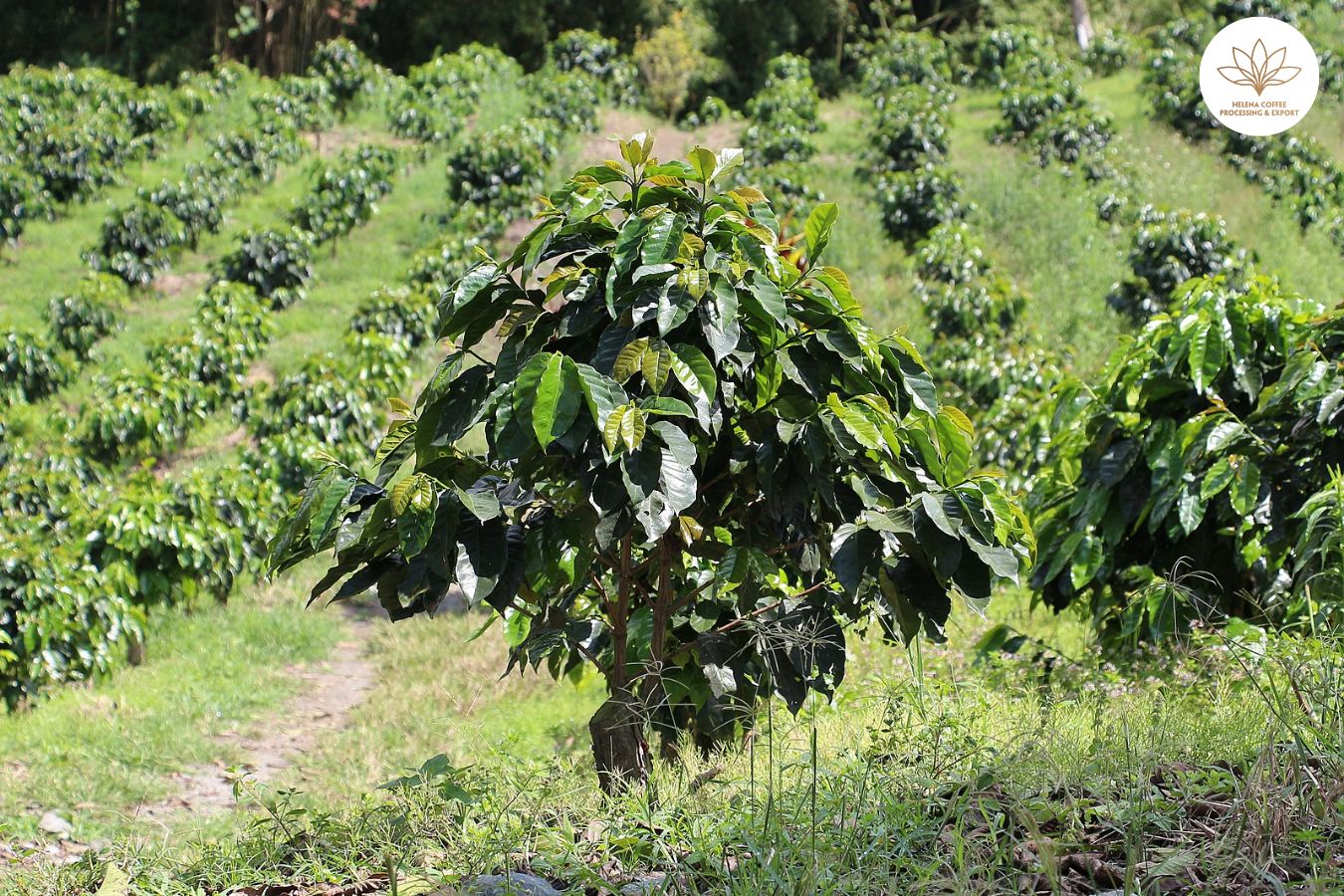
Seasonal Fertilization Tactics
As the rainy season progresses, adjusting fertilizer formulas to support young fruit production becomes imperative. High nitrogen and phosphorus ratios are recommended initially, shifting to a balance of high nitrogen and potassium towards the season’s end to support the coffee cherries’ growth and nutrient concentration.
The Importance of Organic Fertilizers and Pest Management
Beyond mineral fertilizers, the addition of organic matter and vigilant pest and disease management during the rainy season are crucial for sustaining high yields and long-term garden stability. These practices are integral to fostering healthy coffee trees capable of producing quality beans year after year.
Sustainable Coffee Farming in the Central Highlands
Despite the allure of high coffee prices, farmers in DakLak and the Central Highlands at large are encouraged to pursue sustainable farming practices. Focusing on good production practices, cost optimization, and judicious investments ensures a stable income and contributes to the coffee industry’s resilience, especially in light of predicted production declines.
Conclusion
The current year presents a mix of challenges and opportunities for coffee farming, driven by less favorable weather conditions and the potential for higher coffee prices. By adopting strategic irrigation, fertilization, and pest management practices, farmers can navigate these challenges effectively. Embracing sustainability and adaptability in coffee cultivation not only secures the immediate quality and yield of coffee crops but also ensures the long-term viability of the coffee industry in the Central Highlands. As the climate continues to pose unpredictable challenges, the resilience and innovation of coffee farming will be paramount in shaping a stable and prosperous coffee sector.
FAQS:
